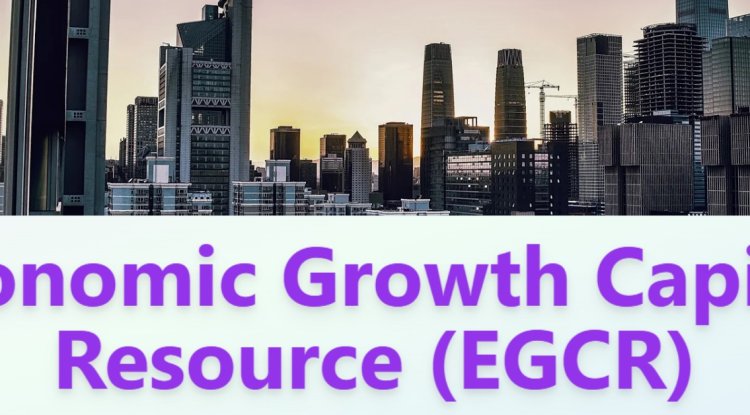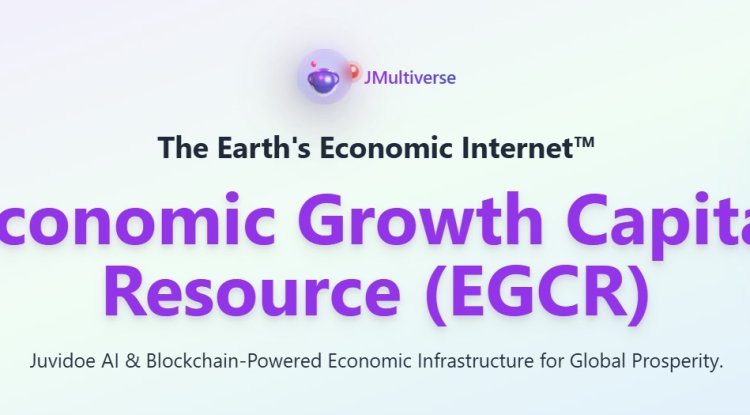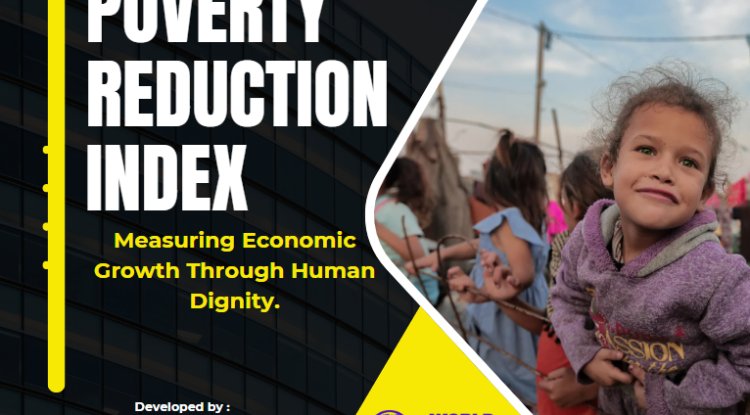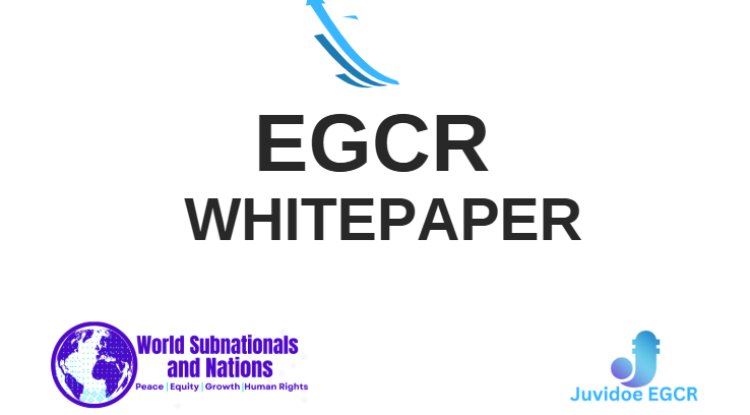Stimulating Increased Production of Goods and Services
In the dynamic landscape of economic growth, the concept of increased production of goods and services represents a dormant force that has the potential to bring about significant positive change. As they strive to address challenges such as inflation and promote economic stability within their jurisdictions, sub-national governments can tap into this force and leverage it as a powerful ally.

Increased production refers to the expansion of output and supply in various sectors of the economy. When sub-national governments prioritize and facilitate the growth of production, they unlock a multitude of benefits. By encouraging businesses to produce more goods and services, sub-national governments create opportunities for job creation, income generation, and enhanced economic activity.
Importance of Boosting Production to Tackle Inflation
Like a lurking beast, inflation erodes the value of money and challenges the stability of sub-national areas. To combat this threat, sub-national governments must embrace the transformative power of increased production. When production is stimulated, a robust supply of goods and services is created, reducing the strain on prices and alleviating inflationary pressures. By expanding production capacities, sub-national governments empower their economies to meet the rising demands of consumers and restore equilibrium to the market.
Encouraging Investment in Production Infrastructure
The foundation for increased production lies in robust production infrastructure. Just as a solid structure supports a towering skyscraper, sub-national governments must encourage investments in production infrastructure to set the stage for growth and efficiency. Imagine the development of state-of-the-art factories, upgraded transportation networks, and advanced technology systems. By incentivizing investments in these areas, sub-national governments lay the groundwork for increased productivity and competitiveness within their regions.
Promoting Research and Development for Innovation and Efficiency
Innovation and efficiency are the twin engines that propel production to new heights. Sub-national governments must promote research and development to foster innovation, enabling businesses to optimize production methods, streamline operations, and deliver higher-quality products and services. Imagine a bustling laboratory where scientists and engineers work tirelessly to develop cutting-edge technologies and processes. This pursuit of excellence drives economic growth and enhances competitiveness in the global market.
Supporting Small and Medium Enterprises (SMEs) for Increased Production
The heartbeat of an economy is often found in its vibrant ecosystem of small and medium enterprises (SMEs). Sub-national governments must support these agile and entrepreneurial entities, as they possess tremendous potential for increased production. Imagine a network of support where SMEs receive access to funding, mentorship, and business development programs. By providing tailored assistance, sub-national governments can empower SMEs to scale up their operations, expand their production capacities, and contribute to overall economic growth within their regions.
Collaborating with Stakeholders to Identify Growth Opportunities
The path to increased production requires collaboration and synergy. Sub-national governments must create platforms where government agencies, businesses, industry associations, and academia can come together to identify growth opportunities. By engaging in dialogue and sharing insights, stakeholders comprehensively understand market dynamics, emerging trends, and consumer demands within the region. This collaborative approach helps identify untapped potential, opening doors to new industries, markets, and innovative business models to drive increased production and economic prosperity.
Stimulating increased production of goods and services emerges as a powerful strategy for sub-national governments to tackle inflation and foster economic stability. By recognizing the importance of boosting production, encouraging investment in production infrastructure, promoting research and development, supporting SMEs, and fostering collaboration among stakeholders, sub-national governments unlock the transformative potential of production within their regions. Together, let us embark on this exhilarating journey, propelling our economies toward growth, prosperity, and a sustainable future.
Strengthening Loan Requirements to Control Inflation
In the ongoing battle against inflation, sub-national governments and financial institutions hold a potent weapon in their hands - the ability to strengthen loan requirements. As we navigate the ever-evolving economic landscape, this weapon can be unleashed to curb inflationary pressures and foster economic stability. It is a strategic approach that recognizes credit's pivotal role in driving economic activity and controlling price rises.
Strengthening loan requirements will help sub-national governments and financial institutions establish a robust framework that governs the borrowing process. These requirements act as gatekeepers; ensuring borrowers meet specific criteria and possess the financial strength to repay their loans. Through this careful evaluation and scrutiny, the flow of credit can be effectively regulated, preventing excessive borrowing that could contribute to inflationary pressures.
The decision to strengthen loan requirements stems from the understanding that easy access to credit without sufficient safeguards can fuel excessive spending and contribute to inflation. When borrowing is too readily available, consumers may be tempted to take on debt beyond their means, leading to a surge in demand for goods and services. This increased demand, if not matched by a corresponding increase in supply, can drive up prices, creating inflationary pressures within the economy.
Role of Loan Requirements in Controlling Inflation
Loan requirements play a crucial role in controlling inflation by influencing the economy's availability and cost of credit. When lending standards are stringent, borrowers are subjected to more rigorous criteria, ensuring that only those with sound financial health and credible repayment capacity can access loans. By imposing higher standards, sub-national governments and financial institutions can effectively regulate the flow of credit, preventing excessive borrowing and potential inflationary pressures.
Evaluating and Adjusting Existing Loan Requirements
To control inflation, it is essential to evaluate and adjust existing loan requirements continuously. Sub-national governments and financial institutions must conduct regular assessments to determine the effectiveness of current requirements and identify areas for improvement. This evaluation involves analyzing debt-to-income ratios, collateral requirements, and credit scoring models. By staying proactive and responsive to market dynamics, loan requirements can be fine-tuned to address inflationary risks effectively.
Promoting Responsible Lending Practices
Responsible lending practices form the cornerstone of a robust loan requirement framework. Sub-national governments and financial institutions must promote ethical lending behaviors that prioritize borrowers' financial well-being and the economy's overall stability. This involves ensuring borrowers receive accurate and transparent information about loan terms, interest rates, and repayment obligations. By instilling responsible lending practices, sub-national governments and financial institutions can safeguard against over-indebtedness and protect borrowers from potential financial hardships.
Enhancing Credit Assessment and Risk Management Systems
A robust credit assessment and risk management system are vital components of effective loan requirements. Sub-national governments and financial institutions should invest in advanced credit assessment tools and techniques that accurately evaluate the creditworthiness of borrowers. This includes analyzing income stability, credit history, and debt-to-income ratios. By enhancing these systems, sub-national governments and financial institutions can make informed lending decisions, mitigating the risks associated with non-performing loans and reducing the likelihood of inflationary pressures.
Addressing Potential Challenges and Ensuring Accessibility to Credit
While strengthening loan requirements is crucial for controlling inflation, it is equally important to address potential challenges and ensure that credit remains accessible to deserving borrowers. Sub-national governments and financial institutions must balance stringent requirements and promote inclusive credit access. This can be achieved by implementing measures such as providing financial education to borrowers, offering targeted support programs for underserved communities, and exploring innovative lending models that cater to the specific needs of different population segments.
Sub-national governments and financial institutions can effectively control inflation and promote economic stability by strengthening loan requirements. By regulating the flow of credit, promoting responsible lending practices, enhancing credit assessment and risk management systems, addressing potential challenges, and ensuring access to credit, we can create an environment that fosters sustainable economic growth while guarding against inflationary pressures. Together, let us wield the power of loan requirements as a formidable tool in our quest for economic stability and prosperity.




















